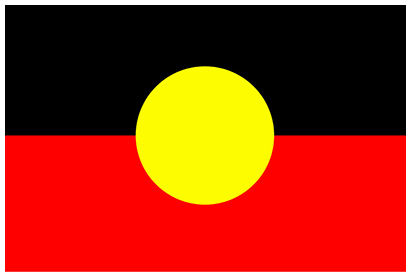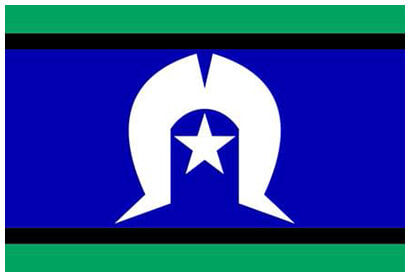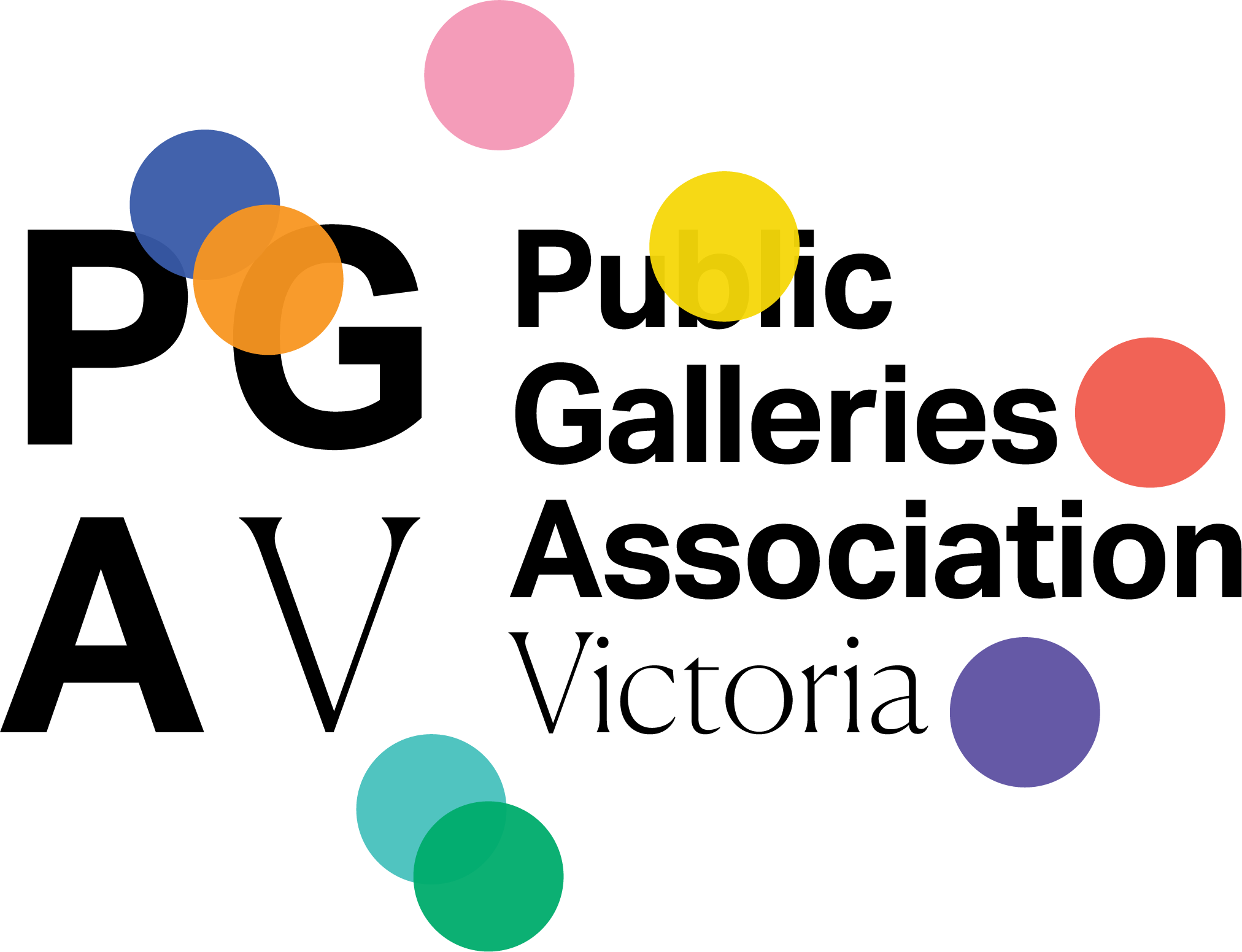FIRST NATIONS CURATOR
Professions in the Public Gallery Sector

belinda briggs
Curator - Indigenous
Shepparton Art Museum
Photo by Cam Matheson.
Date: July 2022
the role of first nations curator
Senior Curator: The Senior Curator leads the programming of the gallery, which incorporates diverse artistic styles and
perspectives. They support the development and reporting of the annual budget, initiate ideas for public events and oversee the design, interpretation and logistics of exhibitions. They lead the development of an art collection and systems and procedures for collection management. They are generally responsible for managing at least one member of staff.
For information about roles within public galleries see the PGAV Fact Sheet: Staffing Levels & Position Titles
How did you get started in your career and what formal qualifications or experience do you have?
My career in the arts and role as a curator came about in an unexpected but welcome way. I wanted something different to what I’d been doing and was encouraged by an Aunt to apply for a 12 month art residency with SAM. I think in many ways, so much about my life and work experience lead me here. I’ve worked at different levels across a number of areas including arts, cultural heritage, health, financial literacy, public service and in Aboriginal community lead organisations. I don’t have any formal qualifications but I don’t see that as a hindrance. I find opportunities to learn through conversation at home with family, role models in my community, with my colleagues or peers and through the experience of putting things into practice. I really value those learning moments that come after something has been done and you can gain the gift of hindsight!
What does your role as Curator - Indigenous encompass?
It’s taken me a while to define this for myself. On a practical level, at times it can feel like you do a bit of everything. From start to finish and depending on the resources and size of your team it can be developing exhibition content and design, the accompanying text for labels or publications, liaising with artists, delivering programs, providing tours, talks or presentations. You can become a bit of a conduit as a point of contact for community, artists, creating space for community to come in but also going out to community and supporting local lead initiatives. Threaded through all this a big part for me is to enable connections to be made. Whether it be between visitors and the art, or artists and visitors it’s about seeing connections made through spirit, story, place and people - this is an Aboriginal way.
What knowledge and skills do you think are most needed for this role?
I think a core necessity of this role is curiosity, respect and an appreciation for the power of art. Important to my role is my knowledge of my community, our culture and history. I think it’s possible to build your knowledge and skills where you might perceive there to be a gap as long as you are up to working hard for it. Relationship building and the ability to connect is also vital.
What are the challenges and opportunities for a First Nations Curator working in a public gallery?
I think a key challenge can be defining the scope of your role, where your responsibilities start and end, managing expectations and allowing this to be flexible at times but not at expense of your wellbeing. It’s the challenge of where and when you draw from your culture or the pool of knowledge your share with your People and navigating how or when the institution accesses it. Sometimes it means being able to say no to requests. Working at SAM has also enabled me to meet other First Nation curators and arts workers and develop my practice as a curator. These skills and experience have enabled me to contribute to my community in other capacities.

Images: Above - Belinda Brigg and Shelley McSpedden, curatorial floor talk of the exhibition Lin Onus: The Land Within curatorial floor talk. Photo by Cam Matheson. Below - Lin Onus: The Land Within, installation view. Photo by Christian Capurro.
What has been a career highlight so far?
A career highlight would definitely be having the privilege of curating Lin Onus: The land within just recently and having been able to draw on my curatorial experience to present a photo and memorabilia exhibit in honour of a community elder and his achievements. There’s a great feeling of satisfaction, pride and joy when I see our stories, voices, perspectives and culture affirmed through the realisation of exhibitions. I enjoy seeing family and faces from the community come in and even more so when I see them inspired, moved or excited by something. Another highlight of this role that I value is the infinite opportunities to learn, the paths they might take you, the people you meet, life long connections you can make and the journey it can take you on.
What are the key issues for public galleries into the future?
I don’t think future problems will be so different to what they have been in the past or now. It’s always a question of the way in which society values the role these places can play in our communities, our interest in the human experiences, appreciation of the arts and where culture sits in the balance of that, that constitutes the world we live in. A big contention is how it navigates this space of truth telling. What does this mean in practice? Who gets to define what truth is? Who’s truth etc?

The Public Galleries Association of Victoria (PGAV) acknowledges the Wurundjeri Woi-Wurrung people of the Kulin Nation as the Traditional Owners of the lands where our office is located, and all Traditional Owners of country throughout Victoria and Australia. We recognise Aboriginal and Torres Strait Islander peoples enduring traditions and continuing creative cultures. We pay our respect to Elders past, present and emerging.
We are an LGBTQIA+ friendly organisation that celebrates diversity. We are committed to providing safe, culturally appropriate, and inclusive services for all people, regardless of their ethnicity, faith, disability, sexuality, or gender identity.






